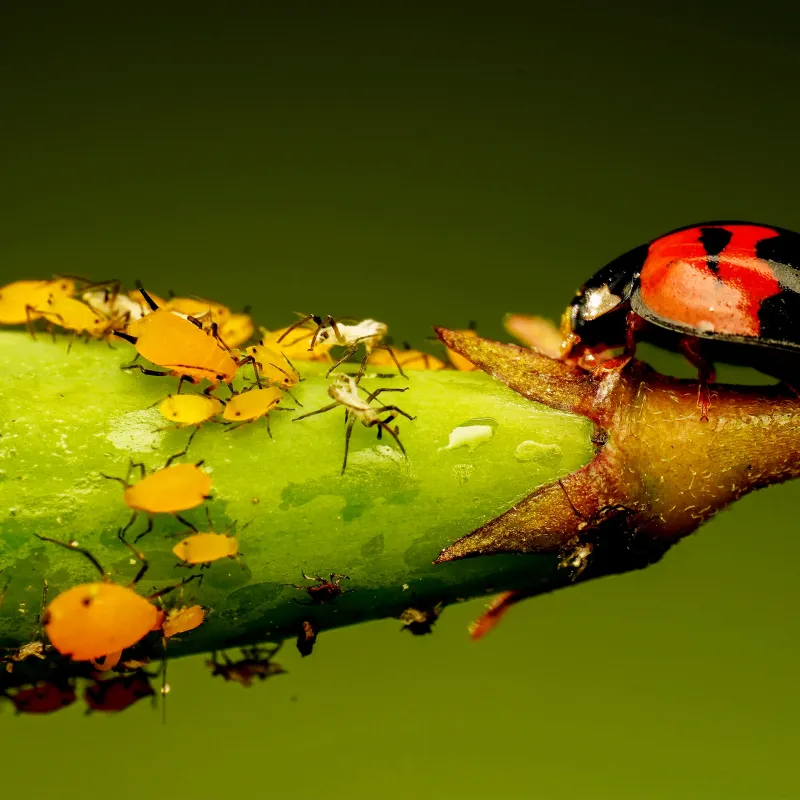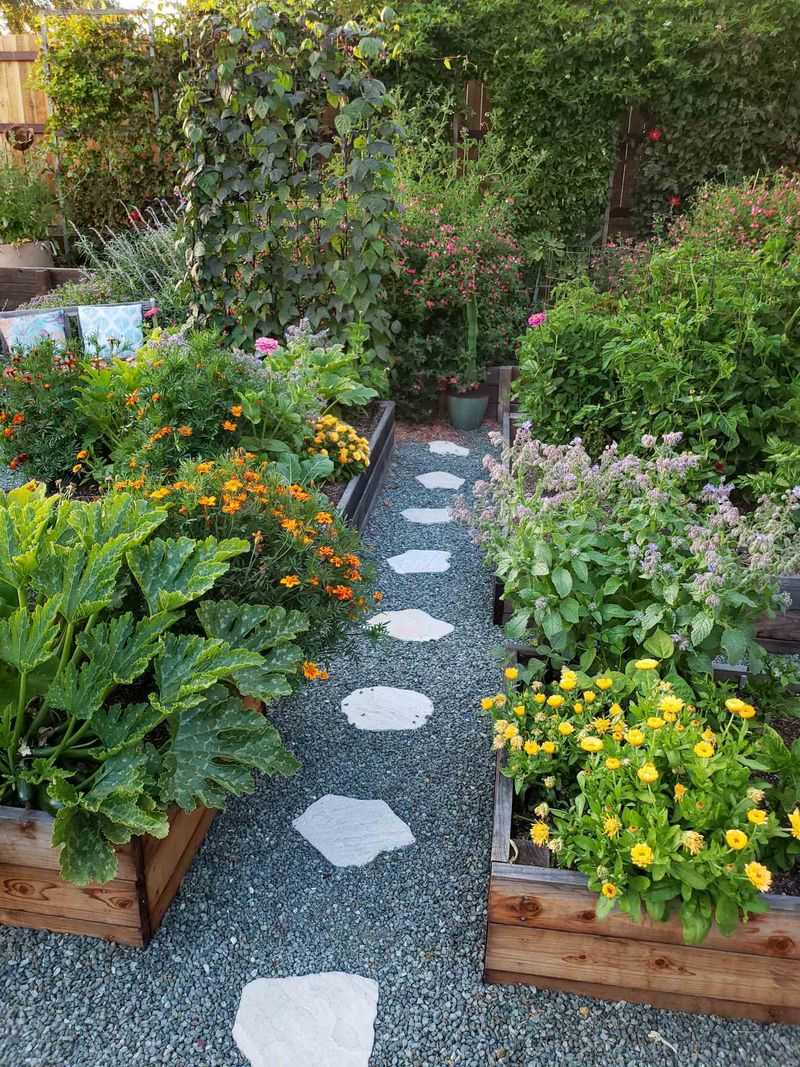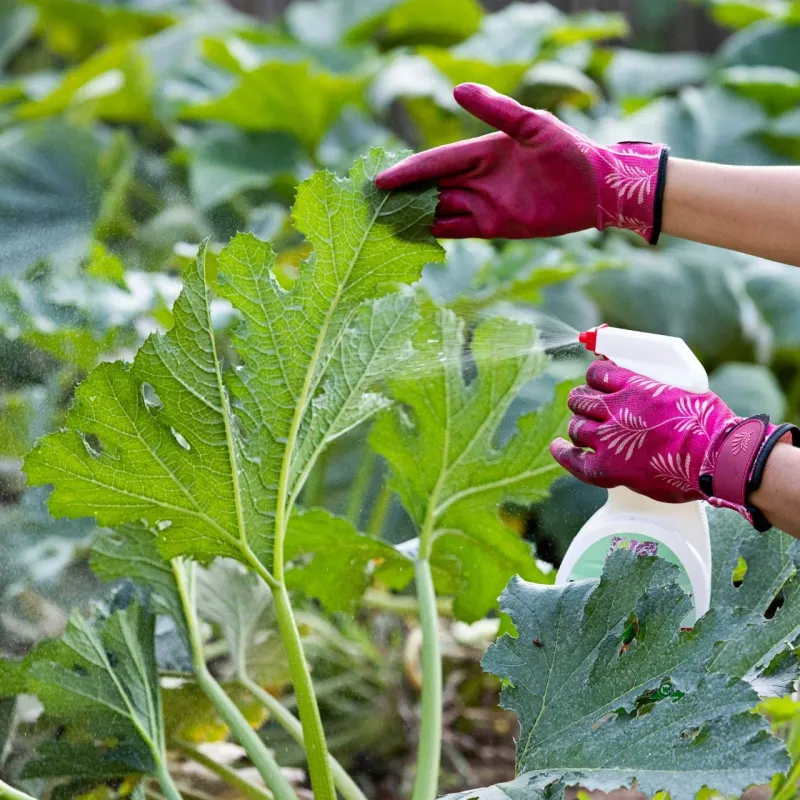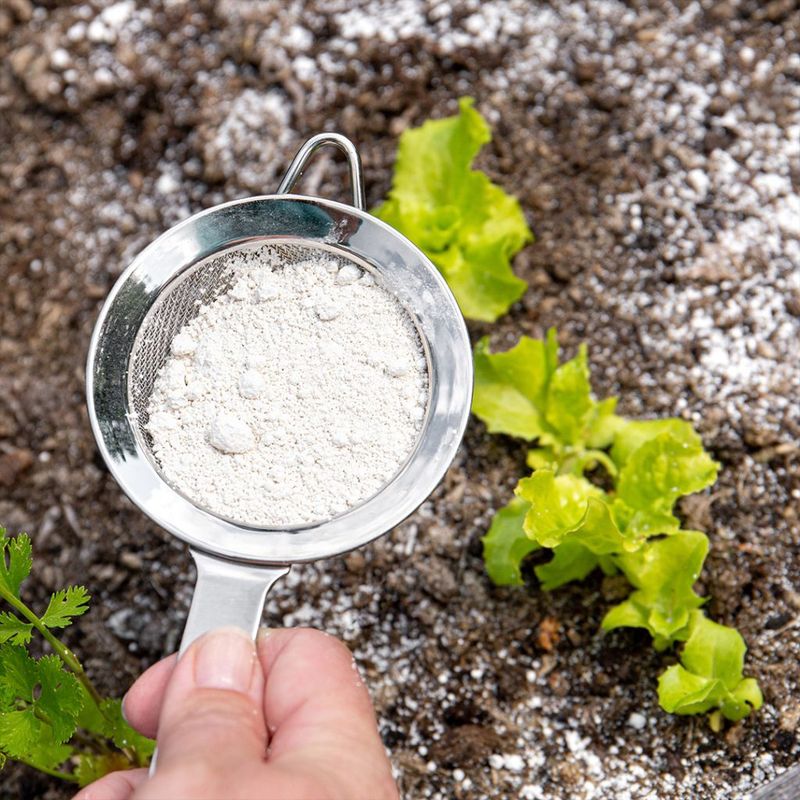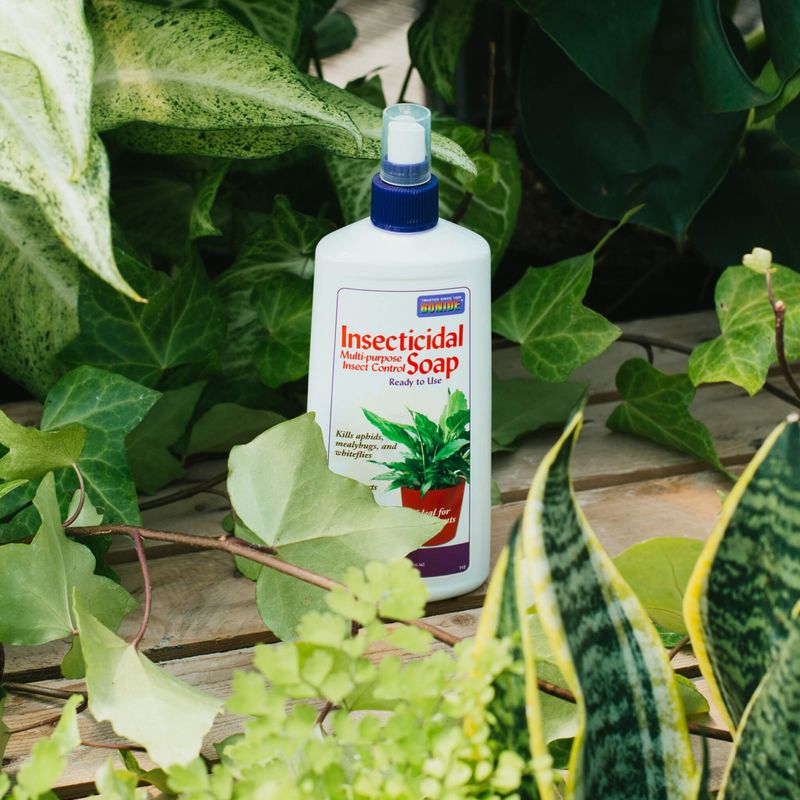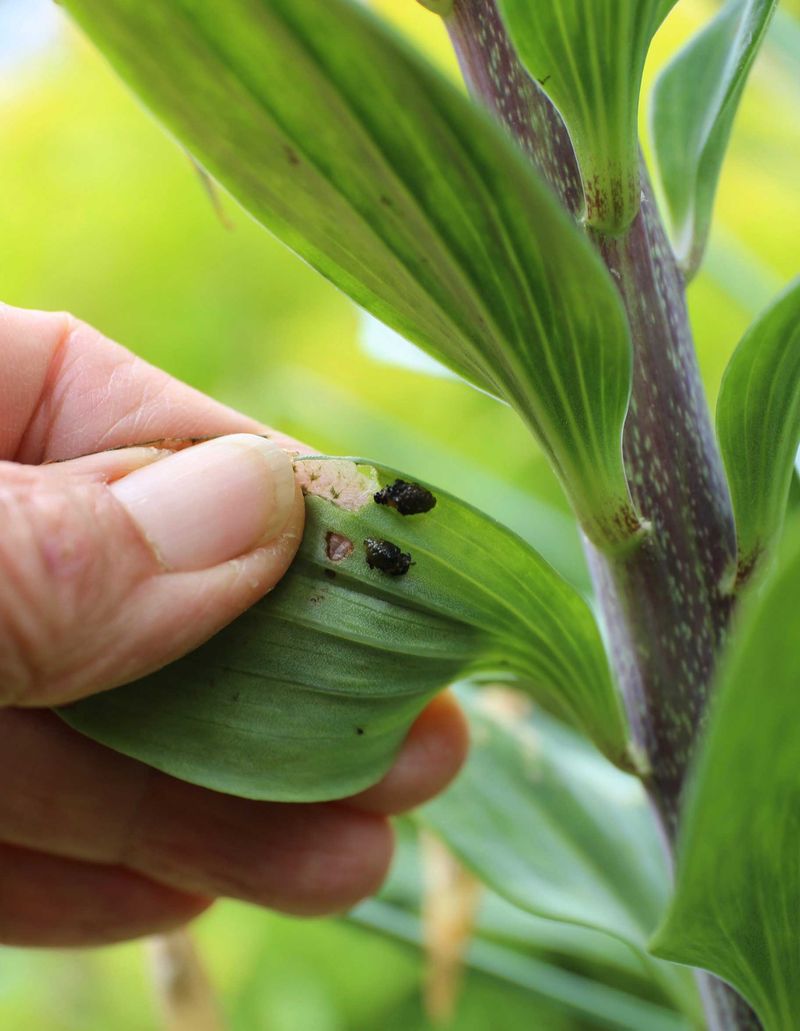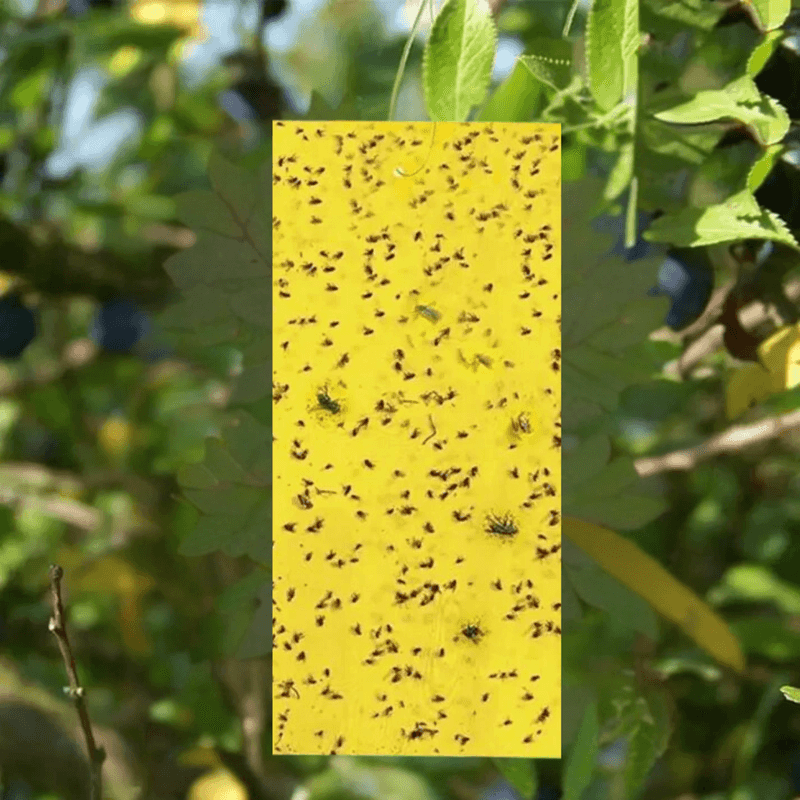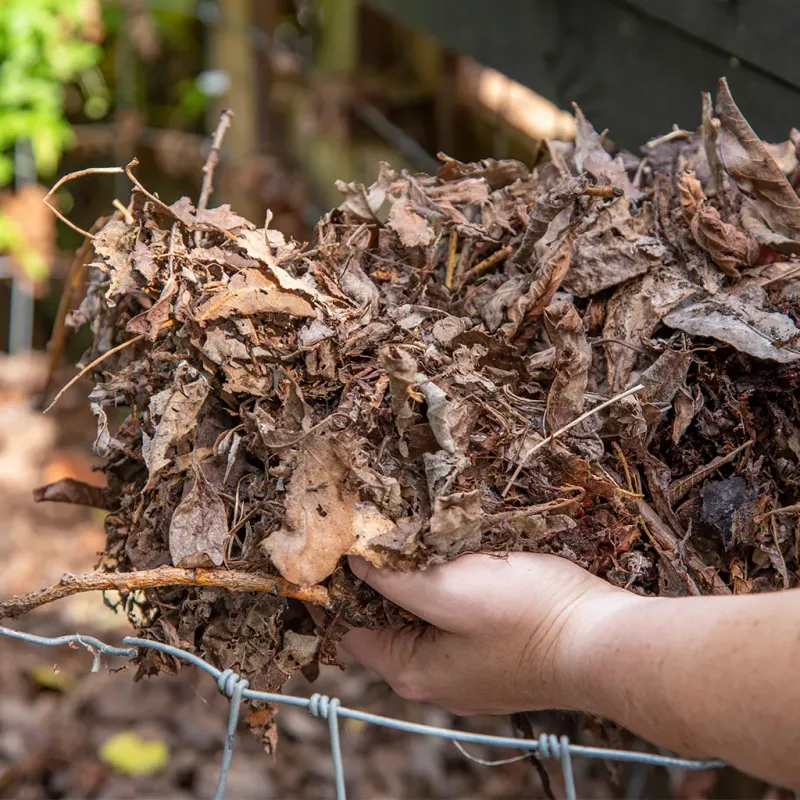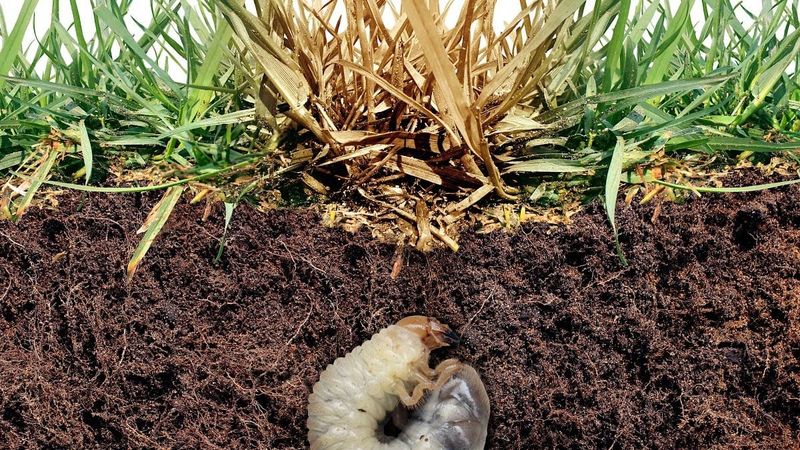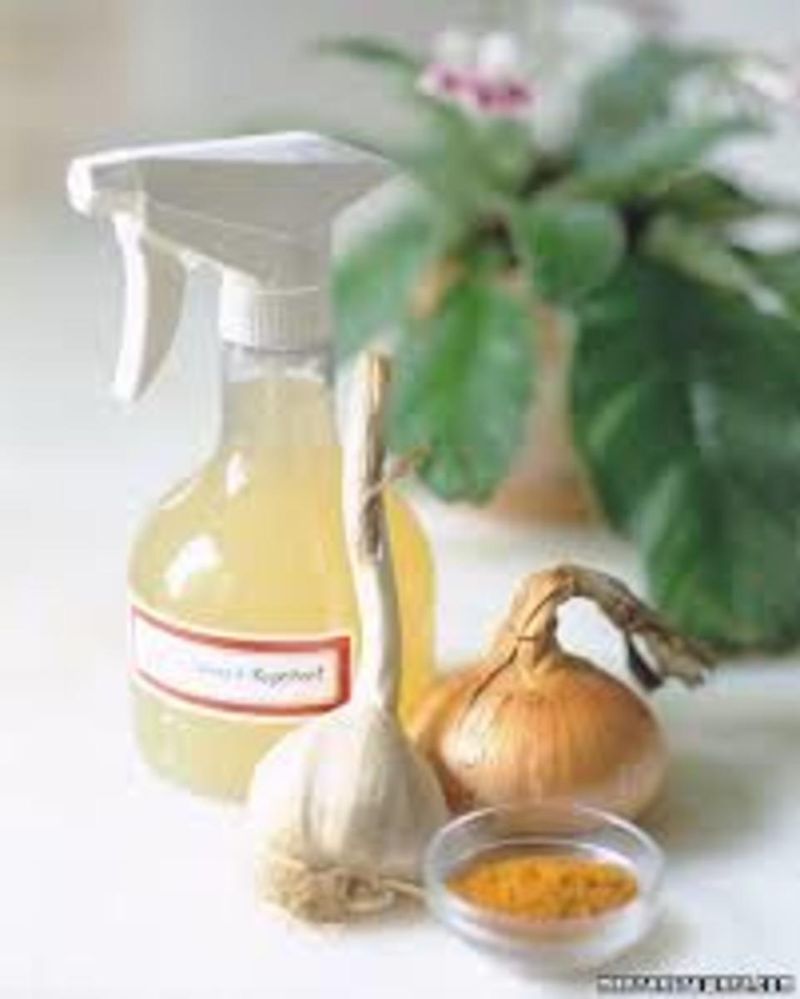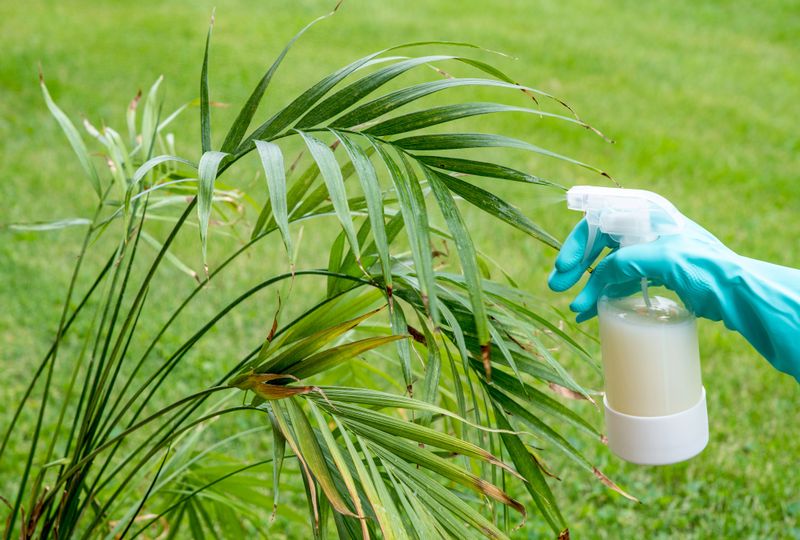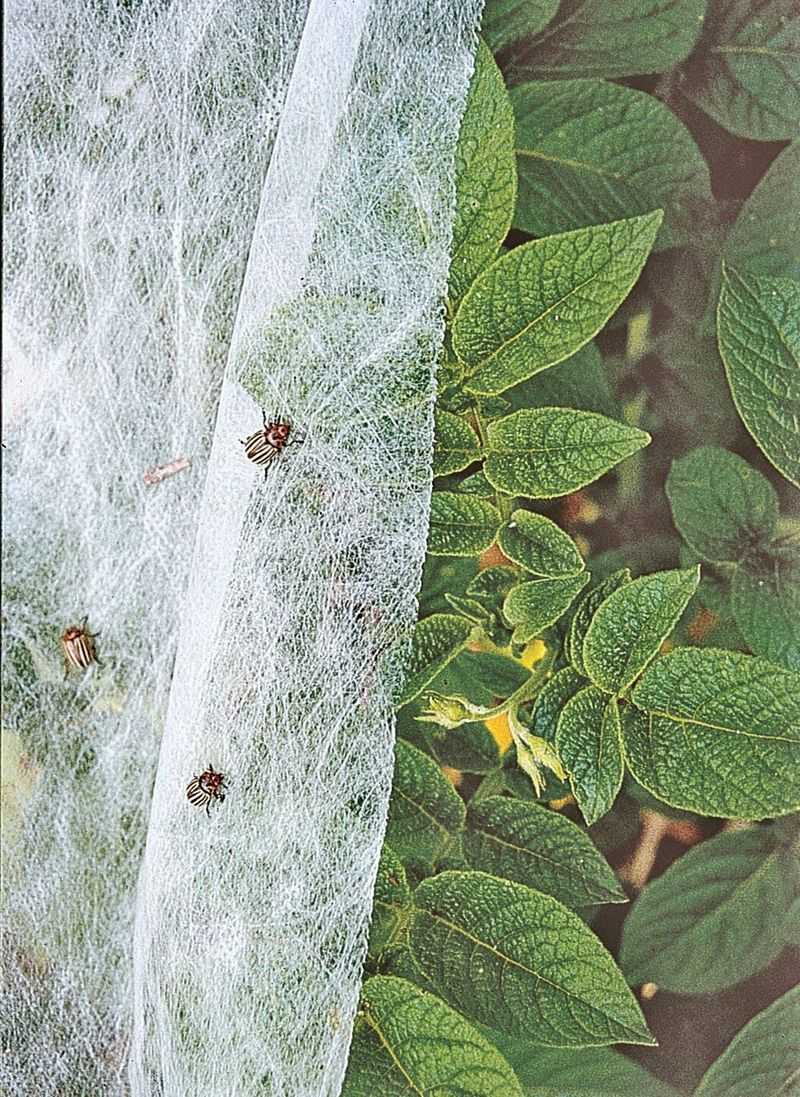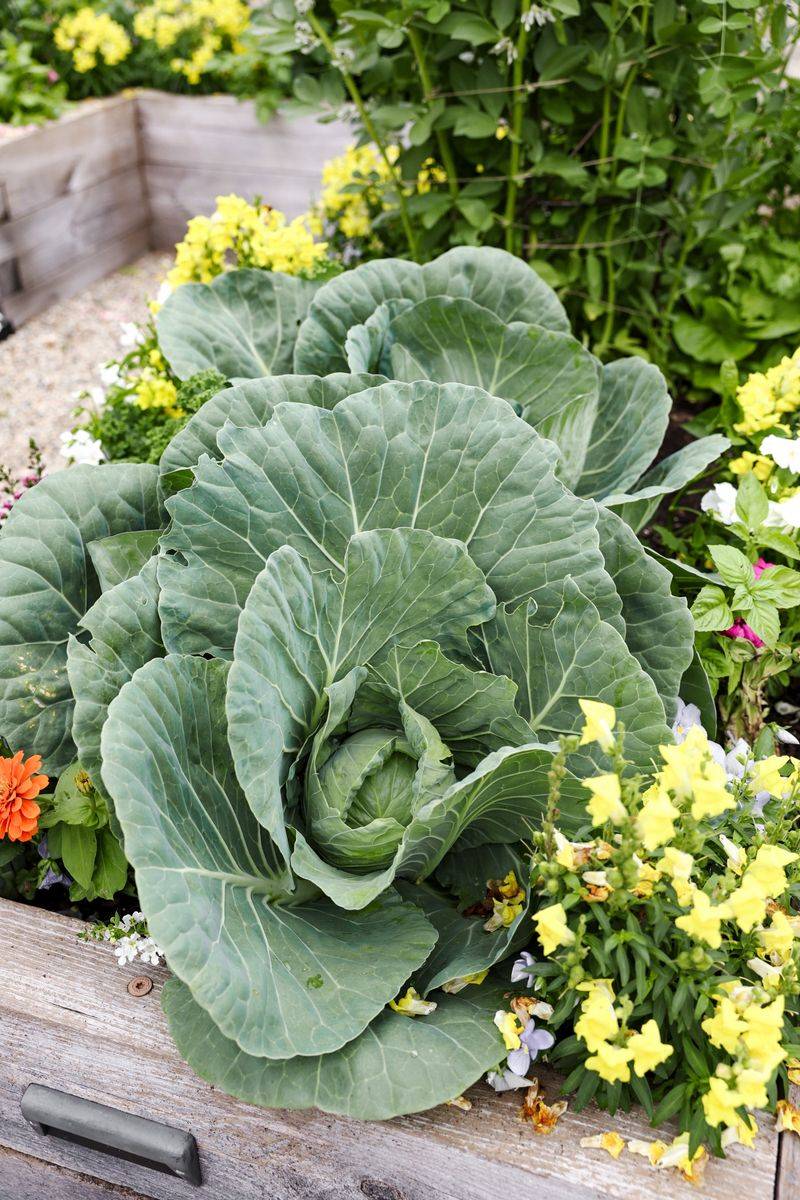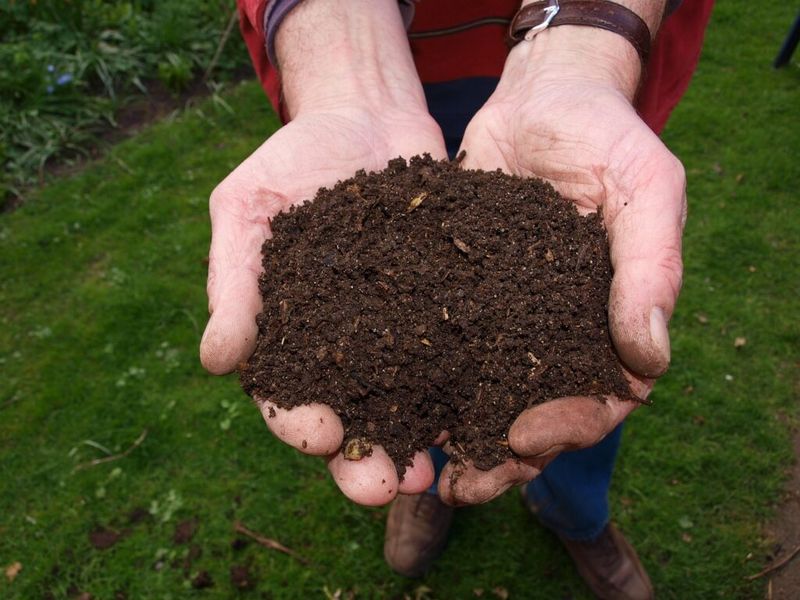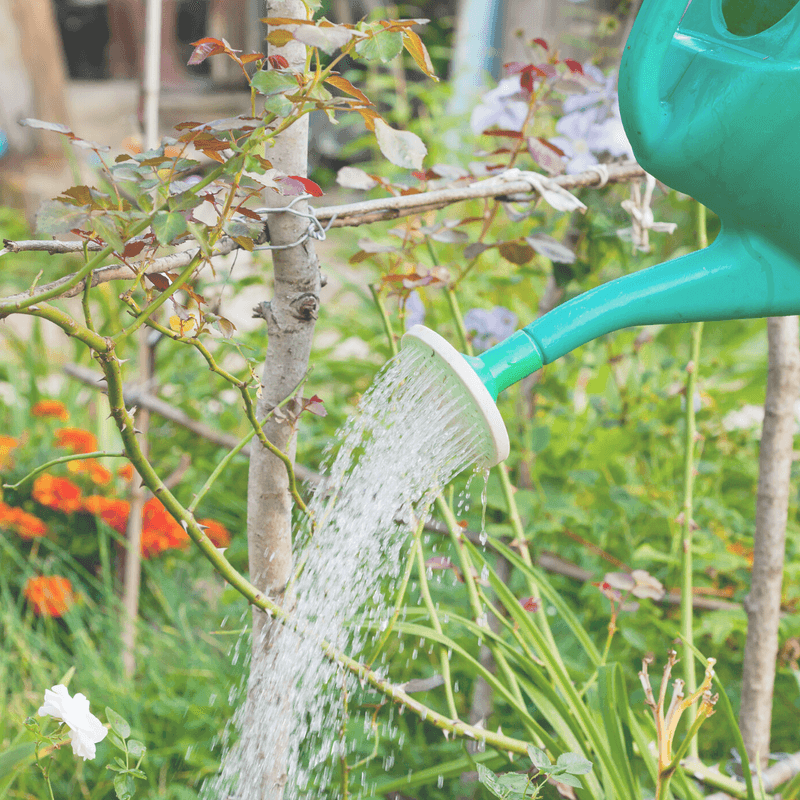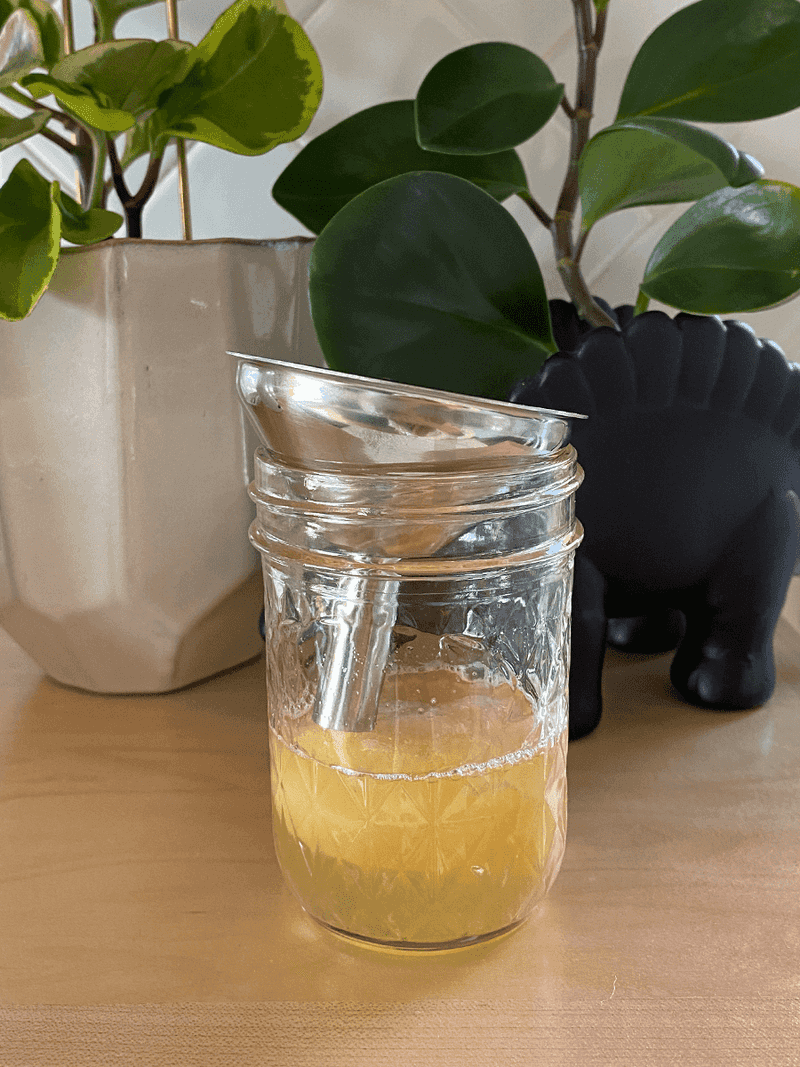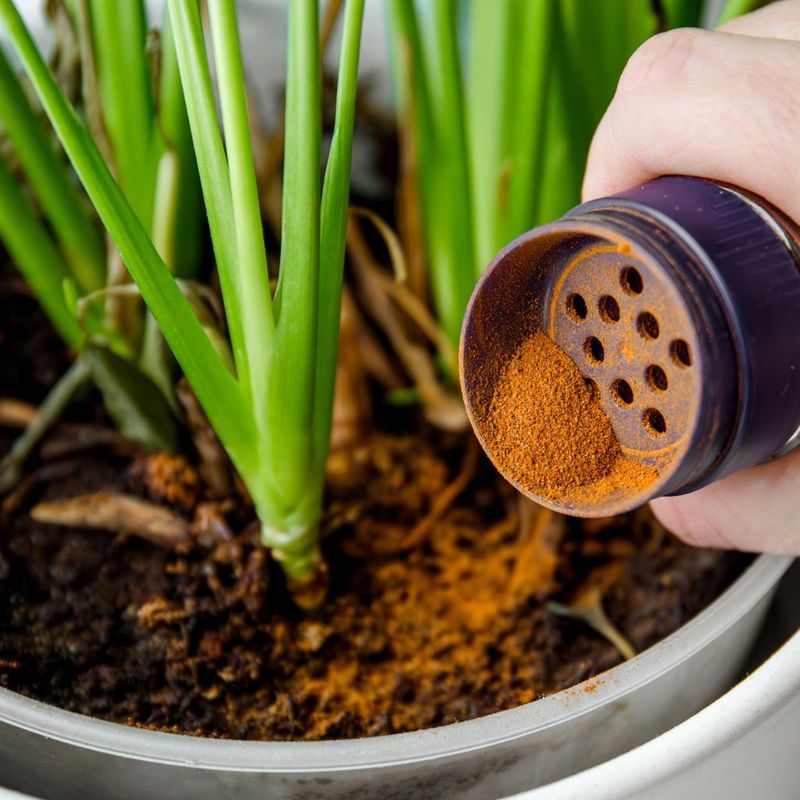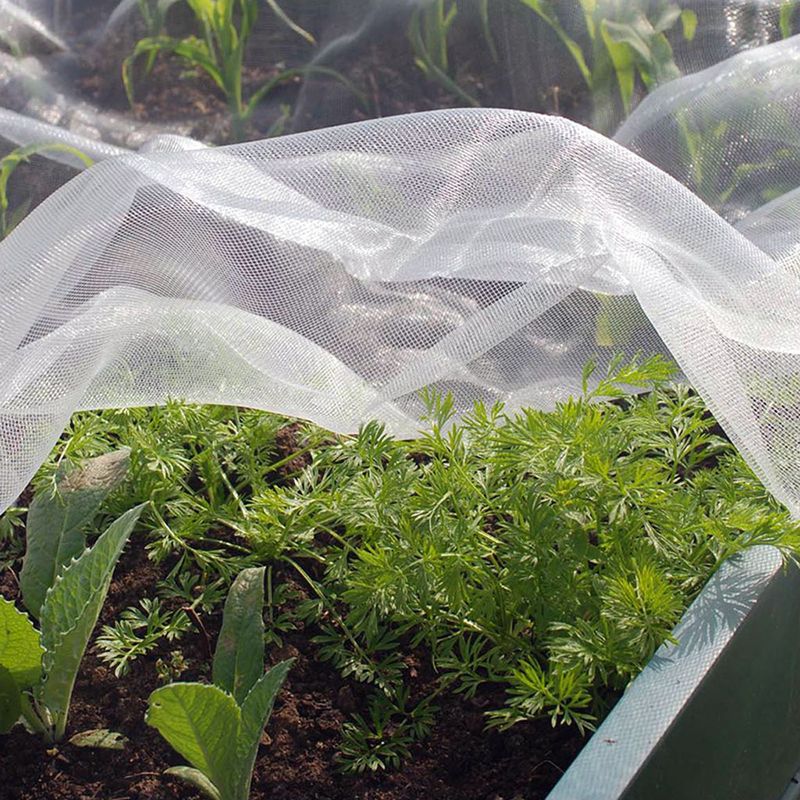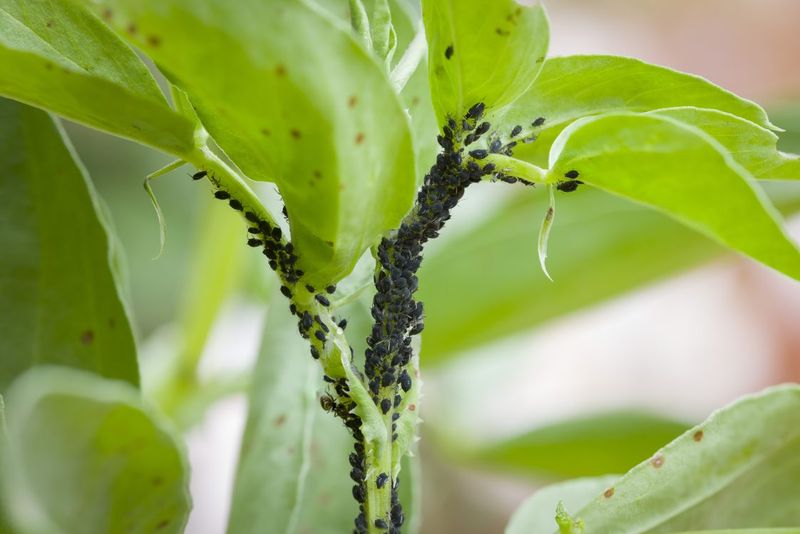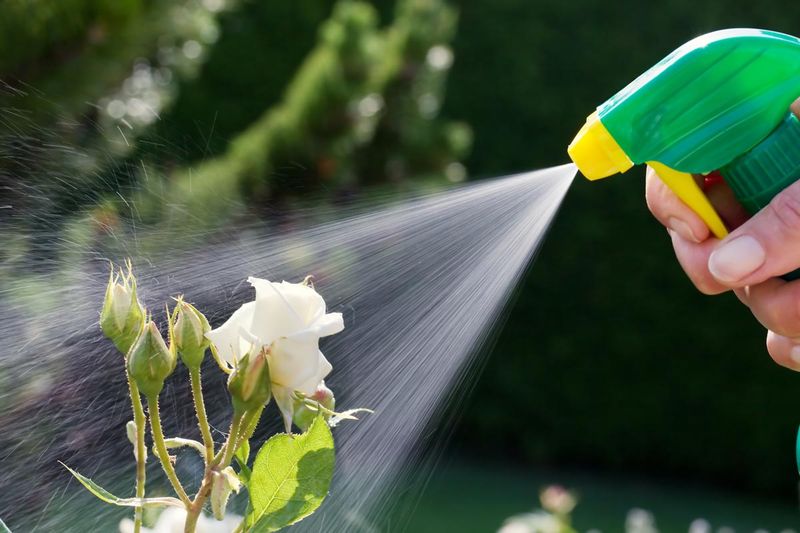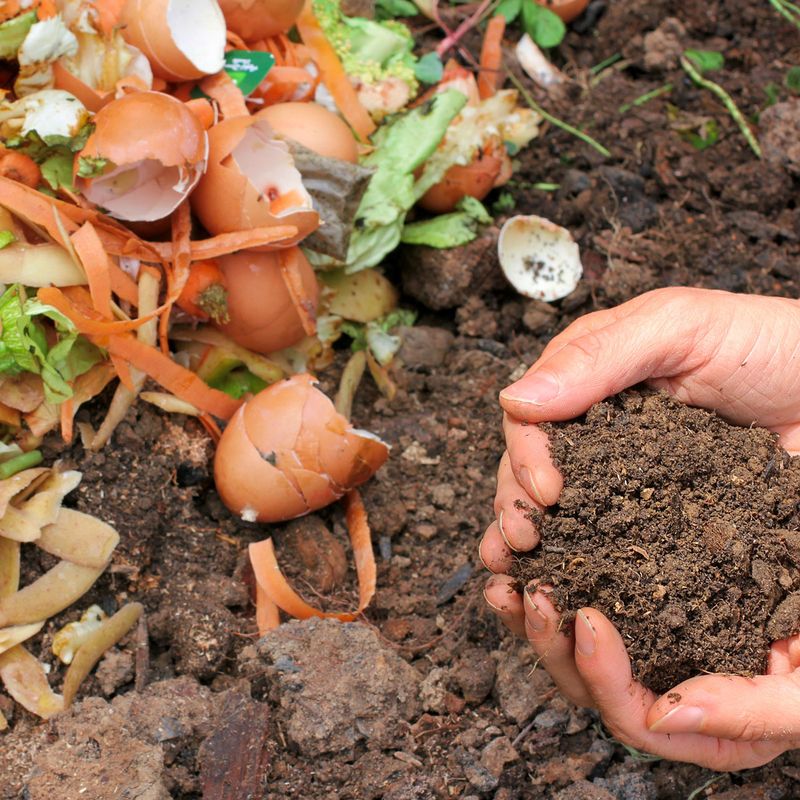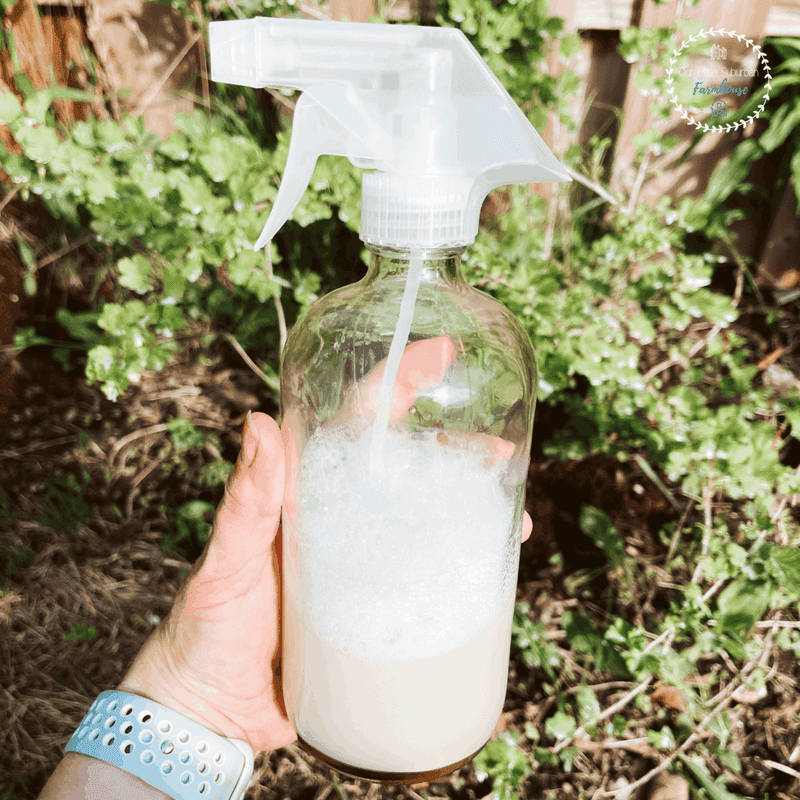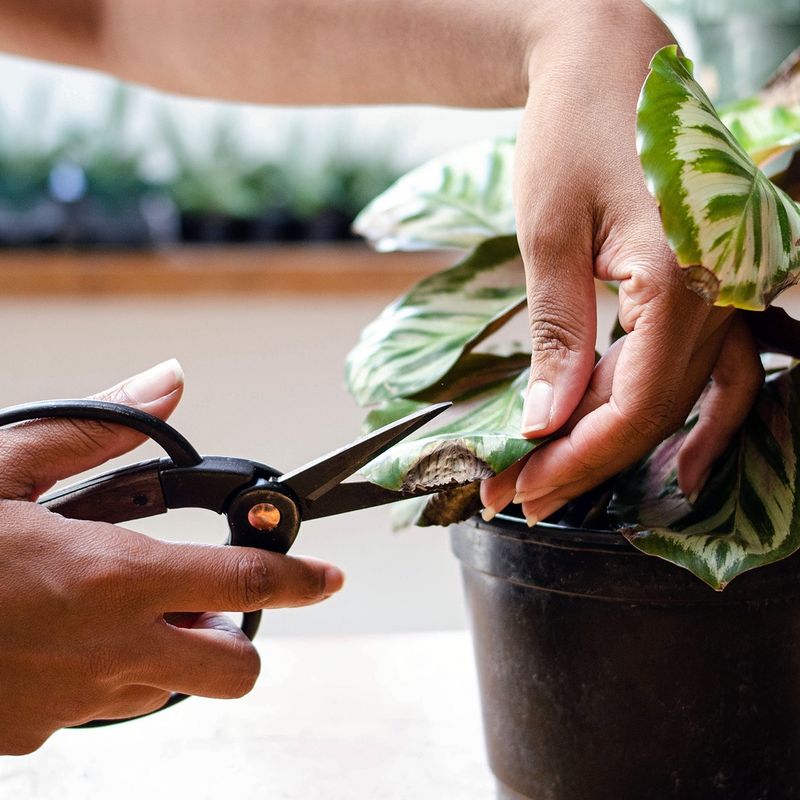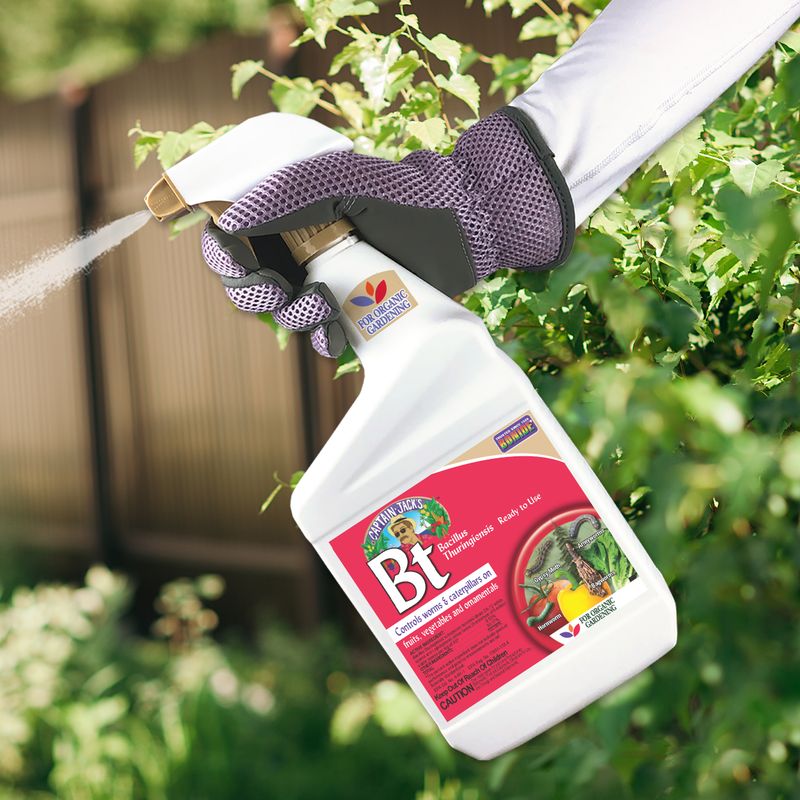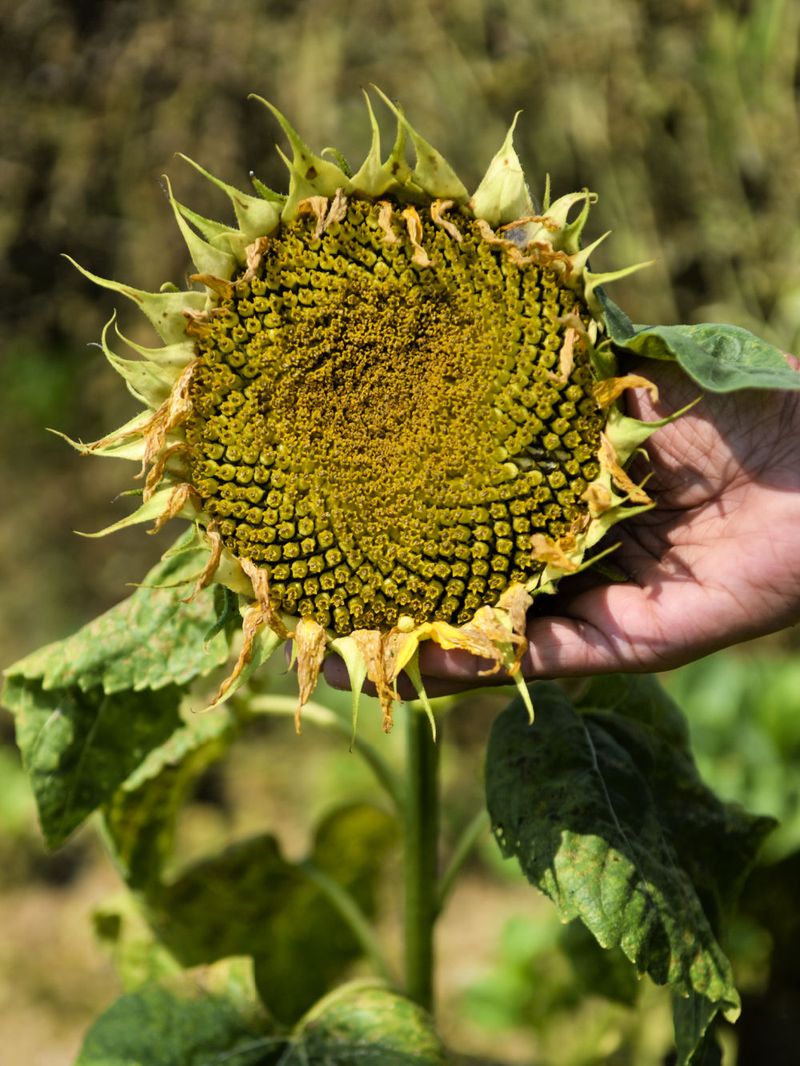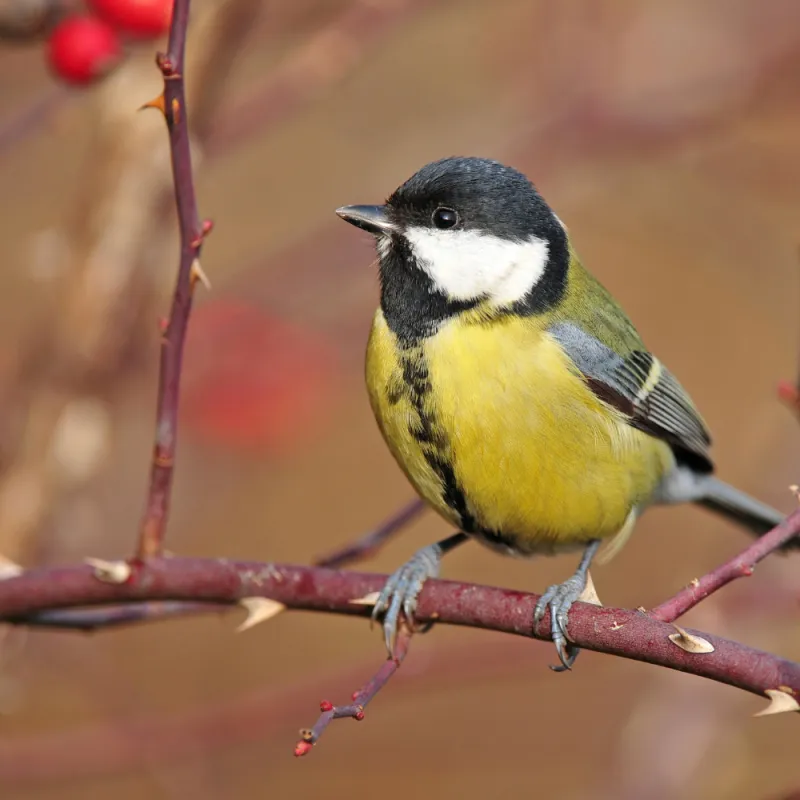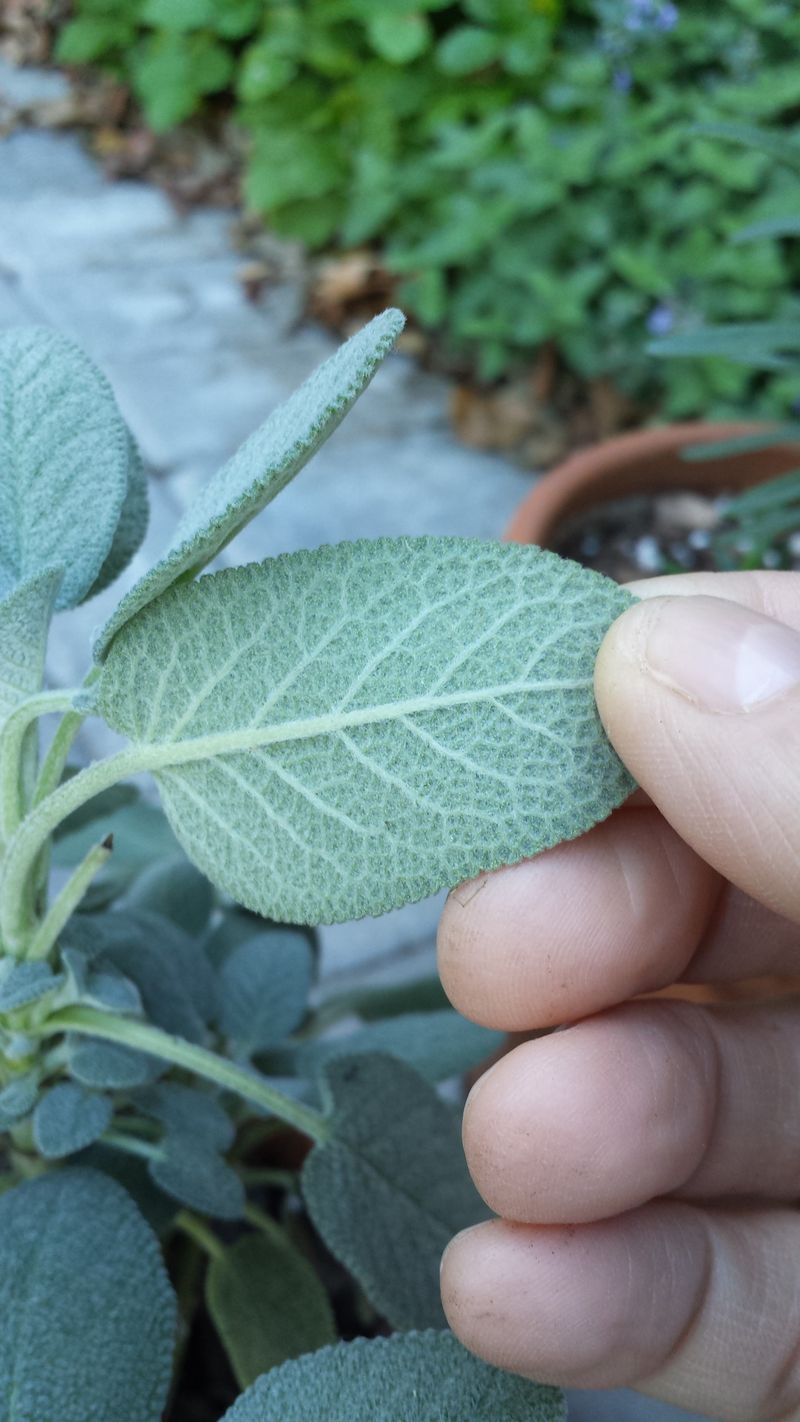Ah, spring. The time when everything in the garden blooms, and so do the pests! As much as I love seeing my plants thrive, I’ve learned the hard way that these little critters can turn a beautiful garden into a buffet.
I remember my first spring garden, only to find my tender seedlings covered in aphids within days! Since then, I’ve found some pretty cool and effective ways to protect my green companions.
From natural sprays to sneaky tricks with beneficial insects, I’m sharing my top tips to keep your garden safe from those springtime intruders.
1. Use Row Covers
Row covers can be your plant’s best friend! These nifty sheets provide a barrier that keeps eager pests at bay. For young plants, this means a pest-free growing environment.
Plus, they allow sunlight and rain to penetrate, offering a balanced growing climate. Consider it a protective hug for your plants.
This simple yet effective method can shield plants in their most vulnerable stages without using chemicals. It’s like having a tiny greenhouse right in your garden!
2. Introduce Beneficial Insects
Meet your new garden allies! Beneficial insects like ladybugs and lacewings love to munch on pesky bugs. Introducing them can transform your garden into a mini ecosystem.
Young plants will thrive when these natural predators keep harmful pests in check. It’s nature’s way of maintaining balance.
Instead of reaching for chemicals, let these helpful critters play their part. Enlist these little warriors for an eco-friendly pest control solution that’s as effective as it is fascinating.
3. Companion Planting
Partners in crime! Companion planting involves pairing plants that support each other’s growth. Marigolds are the perfect companions for tomatoes, repelling nematodes with their scent.
This method creates a natural defense system for your plants. It’s like setting up a buddy system in your garden.
Not only does this strategy deter pests, but it also enhances flavor and growth. A harmonious garden is a happy garden, where plants look out for one another.
4. Neem Oil
Neem oil is your go-to solution for a pest-free garden. Known for its natural insecticidal properties, it offers a safe way to protect young plants.
This oil disrupts the life cycle of pests, making it an effective deterrent. Just a few sprays can make a big difference.
Unlike chemical pesticides, neem oil is gentle on plants and won’t harm beneficial insects. It’s like giving your garden a protective shield, ensuring your plants grow strong and healthy.
5. Diatomaceous Earth
Ever heard of fossilized algae? That’s what diatomaceous earth is, and it’s a great tool for any gardener.
Sprinkle it around your plants, and pests will think twice before crossing. It’s like a mini fortress for your plants. This powder is harmless to humans but deadly to insects.
I’ve seen it work wonders in keeping crawly critters at bay. It’s natural, effective, and adds an interesting twist to your pest control routine.
6. Insecticidal Soap
Got soap? Insecticidal soap is a simple yet powerful way to combat pests. It’s gentle on plants but tough on bugs, removing them without toxic chemicals.
Spraying it on your plants creates a barrier that pests can’t stand. This method is as easy as washing your hands!
It’s an effective and environmentally friendly way to ensure your plants stay pest-free. Using soap for pest control? Now that’s a clean solution!
7. Hand-Picking
Who needs fancy tools? Hand-picking pests off your plants is direct and satisfying. It gives you control over what’s bugging your garden.
Seen a caterpillar munching away? Pluck it off! Young plants benefit from this personal touch, as each pest removed means healthier growth.
Ever thought of gardening as a workout? It can be when you’re on pest patrol! This hands-on approach connects you with your garden like nothing else.
8. Sticky Traps
Sticky traps are like flypaper for garden pests. These colorful sheets attract and capture insects, offering young plants a break from relentless attacks.
Place them strategically around your garden to catch a variety of unwanted visitors. It’s a simple yet effective way to reduce the pest population without chemicals.
Seeing those traps fill up? It’s oddly satisfying! They provide an easy solution to enhance your plant’s protection.
9. Mulching
Mulch isn’t just for decoration. It acts as a barrier against pests and preserves soil moisture. By spreading mulch around the plants, you’re creating a cozy and protective environment.
No need to worry about weeds or soil pests. Mulch has got it covered. Plus, it helps regulate soil temperature, keeping your plants cool.
Who knew a layer of mulch could do so much? It’s like a comfy blanket for your garden.
10. Beneficial Nematodes
Invisible helpers at your service! Beneficial nematodes are microscopic worms that target soil-dwelling pests. Releasing them in your garden means you’re deploying a secret army underground.
Young plants benefit immensely from these natural pest controllers. They work tirelessly, reducing pests without disrupting your garden’s ecosystem.
This innovative method is safe and organic, offering protection in the soil where many pests hide. Let these nematodes do the dirty work for you.
11. Garlic Spray
Ever thought of using garlic beyond the kitchen? Garlic spray is a potent pest repellent. The plants greatly benefit from this aromatic barrier.
It’s a strong deterrent against insects, and it smells like a delicious meal. Ever wondered why vampires fear garlic?
Pests seem to agree! Making garlic spray is simple, and it keeps your garden lively and pest-free. It’s a flavorful way to keep intruders at bay.
12. Peppermint Oil Spray
Peppermint oil isn’t just for fresh breath. It’s a powerful pest repellent, too. Spraying this aromatic oil around young plants creates an environment pests find unbearable.
Not only does it deter insects, but it also adds a refreshing scent to your garden. It’s like a cool breeze that keeps pests away.
Plus, it’s all-natural, making it a great choice for organic gardening. Who knew mint could be so mighty?
13. Floating Row Covers
Floating row covers give your garden a futuristic edge. These lightweight covers protect young plants without touching them, creating a protective bubble.
It’s like having a force field against pests! Using them ensures that your plants get sunlight and rain, while pests stay out.
I’ve used these covers, and they never fail to impress. They’re a high-tech solution that offers peace of mind, keeping pests away while nurturing your plants.
14. Cabbage Family Plants
Got cabbage? This family of plants can deter pests all on their own. Young plants benefit from the natural compounds in cabbage that repel many insects.
It’s a self-sustaining way to protect your garden. Plus, they’re easy to grow and add variety. Want to keep pests guessing? Add some cabbage kin to your garden.
These plants do the work, so you don’t have to worry about constant pest patrol. It’s a win-win.
15. Healthy Soil
Ever wonder what’s beneath your plants? Healthy soil is the foundation of a thriving garden. Young plants thrive when the soil is rich in nutrients and free from pests.
It’s like giving them a first-class ticket to growth. Ensuring the soil is alive with microbes and minerals keeps pests at bay naturally.
Who knew soil could be so important? By nurturing it, you’re setting up your plants for success.
16. Regular Watering
Watering isn’t just about quenching thirst. Regular watering strengthens plants, making them resilient against pests.
The plants that get consistent moisture are less attractive to insects. A well-watered plant can withstand the trials of pests better than a parched one.
Keeping a watering schedule ensures your garden is healthy and less prone to pest invasions. It’s a simple yet powerful way to protect your plants.
17. Rotate Crops
Tired of planting the same thing? Rotating crops keeps pests on their toes. Moving plants around disrupts pest life cycles and reduces infestations.
Your plants benefit from this strategy by growing in pest-free soil. It’s like a game of musical chairs for your garden.
Not only does it keep pests at bay, but it also improves soil health. Why stick with a routine when rotation can bring such benefits?
18. Vinegar Trap
Vinegar isn’t just for salads. It’s an effective trap for fruit flies and other pests. Young plants can thrive when these annoying insects are kept in check.
Setting up vinegar traps is easy and offers a non-toxic solution to pest problems. Think of it as a sweet and sour surprise for pests!
This natural method lures insects away from your plants, keeping them safe and sound. Who would have thought vinegar could be so versatile?
19. Cinnamon Powder
Spice up your garden with cinnamon! This aromatic powder deters ants and other crawling insects. Young plants benefit greatly when pests steer clear.
Cinnamon’s strong scent confuses and repels, making it a natural pest barrier. It’s like adding a spicy twist to your pest control routine.
Not only does it protect, but it also adds a pleasant aroma to your garden. Who knew baking spices could be so powerful?
20. Floating Barriers
Ever thought of putting your plants in a bubble? Floating barriers do just that. They keep pests away while offering a breathable environment for the plants.
It’s like giving your garden its own safe zone. These barriers float above the plants, allowing them to grow without interference.
I’ve seen them work wonders, providing protection without sacrificing sunlight or moisture. It’s a clever and effective solution for any gardener.
21. Plant Early or Late
Timing is everything! Planting early or late can outsmart pests that follow predictable patterns.
The plants have a better chance when they’re less likely to encounter their nemeses. This strategy is all about beating pests at their own game.
It’s like sneaking past them unnoticed. By adjusting your planting schedule, you create a window of opportunity for your plants to establish themselves free from pests.
22. Use Organic Pesticides
Organic doesn’t mean weak! Organic pesticides provide powerful pest control without harmful chemicals.
They’re safe for young plants and the environment. Using organic options ensures that beneficial insects remain unharmed. These solutions offer a sustainable way to keep pests at bay.
Choose organic to protect your plants and garden with peace of mind. It’s an eco-friendly choice that packs a punch.
23. Compost with Care
Got compost? Composting enriches soil, but it needs careful handling to avoid pests. Plants thrive in compost-enriched soil, but improperly managed compost can attract unwanted visitors.
Ever wondered how to keep compost pest-free? It’s all about balance. By managing compost carefully, you create a rich and safe environment for your plants.
This method nurtures the soil without inviting trouble. It’s about giving your garden the best without the pests.
24. Spray with Soap and Water
Soap and water aren’t just for cleaning dishes. This simple mix can wash away pests from plants. It’s like giving them a fresh start without using harsh chemicals.
Spraying this solution creates a slippery surface that pests can’t cling to. It’s a straightforward and effective method to keep your plants pest-free.
Who knew something so simple could be so powerful? Give your plants a clean sweep with this easy trick.
25. Prune Damaged Leaves
Snip, snip, snip! Pruning damaged leaves keeps plants healthy and pest-free. It’s like a fresh haircut for your plants, removing weak spots that attract pests.
Young plants benefit from regular pruning, growing stronger and more resilient. This method improves air circulation and prevents disease.
By keeping your plants tidy, you reduce the chance of pest infestations. Who wouldn’t want their garden looking sharp and clean?
26. Use Copper Tape
Copper tape is like an electric fence for slugs and snails. These pests can’t stand the tiny electric charge copper creates.
Using copper tape around pots and plant beds gives the plants an extra layer of protection. It’s a clever way to keep slimy invaders at bay.
This simple barrier is highly effective, preventing pests from reaching your plants. Who would have thought metal tape could be a gardener’s secret weapon?
27. Bacillus Thuringiensis (BT)
Meet BT, a natural bacteria that targets specific pests. It’s a biological approach to pest control, safe for young plants and the environment.
Spraying BT ensures that harmful insects are kept at bay, while beneficial ones thrive. I’ve seen BT work its magic, protecting plants without harming nature.
It’s like having a secret weapon in your garden arsenal. Use BT for targeted, effective, and eco-friendly pest control.
28. Sunflower Heads
Sunflowers aren’t just pretty faces. Their heads attract birds, which feast on garden pests. Your plants enjoy the protection that these feathered friends provide.
By planting sunflowers, you invite a lively ecosystem into your garden. These tall beauties do more than brighten your space.
They offer a natural way to keep pests at bay. Let sunflowers lead the charge in your garden defense.
29. Encourage Birds
Birds are a gardener’s best friend. Setting up feeders and birdbaths invites these natural pest controllers into your garden.
Plants benefit from the protection birds provide by eating insects. Ever wondered how to attract more birds? It’s as simple as offering food and water.
This method reduces pest numbers while adding charm to your garden. With birds on your side, you’ve got an elegant solution to an age-old problem.
30. Regular Monitoring
Keep an eye on things! Regular monitoring helps catch pest problems before they escalate. Young plants benefit when issues are addressed early.
It’s like being a detective in your own garden. By spotting signs of trouble early, you can take action before pests take over.
This proactive approach ensures your plants grow strong and healthy. Who knew a little observation could go such a long way? Monitor your garden to maintain control.



